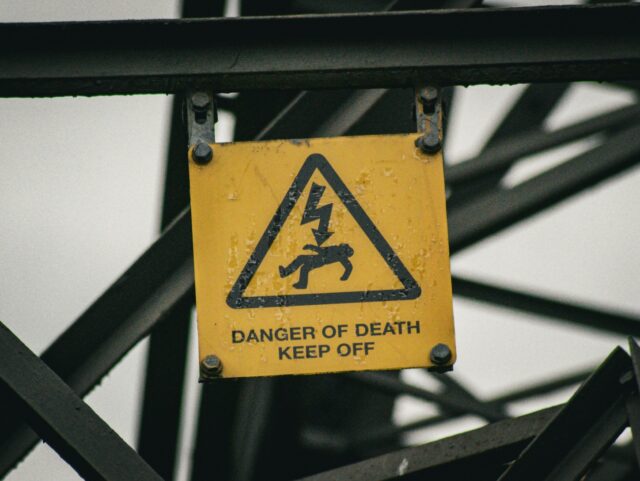An automated notification system that warns energy generators that supply is expected to be insufficient to meet predicted demand was activated for the first time in two years on Monday, apparently as the wind simply isn’t blowing fast enough.
The National Energy System Operator (Neso) issued a capacity notice on Monday, part of an automated system designed to rectify mis-matches between predicted supply and demand. The notice referred to the Monday afternoon demand spike — when workers get home, turn on the heating, and cook their meals — and showed the system had automatically identified a potential shortfall.
Open source energy data shows this alert is likely down to the confluence of two events: a not inconsiderable increase in demand for energy over the past 24 hours arriving at the same time as flatlining wind power generation. The reasons for these are simple and not exactly uncommon: the United Kingdom is experiencing cold, still weather, leading to more energy being used for domestic heating while wind turbines stand unproductive.
In the early hours of Sunday morning windmills were producing over 60 per cent of the nation’s power, but as the wind dropped this fell to as little as five per cent. Even now, wind accounts for less than ten per cent of national demand, leaving gas to pick up the slack. Burning gas accounted for 56 per cent of power generated on Monday morning, and it has already swung back up to 53 per cent on Monday afternoon just as the evening surge begins.
Gas is generally reliable, but the international market has proven volatile in recent years, making it increasingly expensive. The United Kingdom also has comparatively little bunkering capability, meaning its ability to ride out price surges has proven to be extremely limited.
At midday Monday, demand for electricity was five gigawatts higher than the same time on Sunday, the equivalent to two recently-shut-down coal power plants working at maximum generating capacity.
Blackouts are not likely because the system is working as anticipated, Neso say, with the notification system giving ample warning for extra generation to come online. They said they are “confident that electricity margins are sufficient for this evening”.
Yet the first-in-two-years shortfall warning comes just days the United Kingdom’s final coal-fired power station was decommissioned. While the UK hasn’t relied on coal as the backbone of its national energy picture for years, it nevertheless has been a reliable and quick-to-fire-up backup system when the wind failed to blow, or the sun shine, until this point.
As previously reported, while capacity notices haven’t been issued in two years, in that time notices to coal power plants to warm up ready to keep the national grid supplied have been issued.
Another otherwise reliable source of constant, backbone energy in the United Kingdom — nuclear — is also under-producing at the moment. The Nuclear Industry Association said in a statement on Monday there are four nuclear power plants due to be retired in the next four years and only one under construction.
Chief Executive, Tom Greatrex said of the capacity notice: “This warning shows we are grappling with the reality of our nuclear power stations retiring without replacements and underscores why we need new investment urgently to build new nuclear power plants alongside lifetime extensions of the current nuclear fleet.
“Without fresh investment and decisions on new nuclear projects at Sizewell C and Wylfa as well as Small Modular Reactors, these warnings will become more commonplace and we will have to continue relying on volatile gas markets to fill the gaps in supply, threatening out energy security and driving up bills and emissions.”
While this is the first alert issued in two years, it is also the first alert issued by Neso at all, the new national operator — the brainchild of the UK’s new left-wing government — only having started working two weeks ago after being signed into existence after the general election.
At the time of it being established Ed Miliband, failed former would-be Prime Minister now-turned energy secretary, boasted NESO “has a huge role to play in delivering our mission to make Britain a clean energy superpower.”
Just a fortnight after declaring “We need to move Britain off expensive, insecure fossil fuel markets, and onto clean, cheap homegrown power that we control”, the turbine power the new left-wing government so badly wishes to pivot the country to is again suffering from the wind not blowing while it’s cold outside, factors very much out of the government’s control.

COMMENTS
Please let us know if you're having issues with commenting.